The dance of the warriors–Khattak Dance. Kattak dance is a well known dance of Khyber PakhtoonKhwa. It is certainly an interesting sight to witness dancers dancing to the rhythm of drums while holding swords.It is called Khattak Dance as it is performed by the well built and energetic tribesmen of the one of the many Pashtoons’ clan, “Khattak”.
Khattak dance has its own history. This sword dance is called a warrior dance as it was performed before wars as a form of warm up exercise. Some historians trace its history back to the ancient Greece. It is thought that ancient Greeks brought a resembling pre-war dance along the weapons when they first reached Afghanistan. Over the period of time, this pre-war dance was forgotten in Greece but survived here.
There can be no doubt that this dance demands lots of physical training, agility and alertness. It sure is a way to demonstrate physical strength. The movements of Khattak dance are fast and the dancer has to hold two or three swords; each weighing around one and a half Kg. The dance typically consists of a five step routine. The number of dancers? the more, the better. Up to 40 dancers can take part. The dance mostly consists of spins, half spins all while holding swords in hands; sometimes behind their backs, sometimes along their sides all the while dancing to a really fast drum beat. The enthusiasm of the drummers is also a treat to watch. Sometimes they also hold swords in their mouths for an effect.
In Khattak dance there are several stages or styles which are a pure delight to watch. Some steps involve whole group of dancers while in other steps only individual dancers show off their skills. In a step called Baangra, the whole group of dancers dances in odd number of circles to medium paced drum beat while displaying their swords and holding them as artillery. The dancers continually swirl and halt along the rhythm of the drums. Sometimes, individual dancers dance to a very fast paced drum beat swinging two swords in hand while the third sword is in their mouth. Some steps involve waving handkerchiefs as well. Whether an individual is performing or a group is, Khattak Dance is a treat that should not be missed.
Men dressed in bright and colourful traditional costumes, waving glittering swords in the air and swirling to the drumbeats and tunes of surnai is what Khattak dance is all about. Controlled footwork and flexible body movements on fast drumbeats with instantaneous sword swinging by a troupe involving men of all ages makes Khattak dance distinct from other folk dances of the Pakhtoons.
The dancers, wearing shalwar and specially tailored frock-like kamiz in addition to red embroidered waistcoat with large decorative scarves tied around the waist or knotted around the neck, perform in a circle. Shining swords with sharp edges add more colour to their body movements and the overall festivity created by the dance.
The Khattak dance is not mere entertainment or fun. A Khattak tribesman dances with the zeal of a hero, displaying his physical fitness through body movements, while holding one, two or even three swords at a time. Each sword weighs about one-and-a-half kilograms. The Khattak tribesmen, although quite religious, often fail to resist the impact created by the thunderous drum beats and sweet tunes of surnai that accompany the Khattak dance.
The Khattak dance is as old as the history of the tribe, going back to the fourteenth century. As the word goes, the Khattaks used to dance with swords as a warm-up exercise prior to taking on their rival tribes in a battlefield. With the passage of time, dance became a permanent feature of their funfairs, giving the tribe an additional emblem of their distinct identity.
The fast tempo with which the Khattak dance starts and ends distinguishes it from all the other Pakhtoon folk dances which are described as Atanr (Pashto word for a family of identical folk dances). Except for the Khattak dance, all the other Pakhtoon folk dances or Atanr start with a slow tempo and get fast as the momentum picks up with a corresponding faster beat.
The second important dissimilarity between the Khattak dance and other folk dances is the absence of Sanrry (oily hair grown up to a specific length), which the Khattak dancers don’t have. The dance comprises a total of 12 steps requiring the dancers to have the best of skills to perform. At one moment they would be performing individually and in a fraction of seconds they would align their body movements with the rest of the troupe members – whose number may be as high as 40.
“Each performing step must not last more than two minutes to maintain stamina at a certain level,” said Subedar Nauroz Khan, head of the Khyber Rifle’s Khattak dance troupe.
The first step is the Bhangrah where every member swirls while carrying swords as the prop. The Bhangrah is followed by Derabi. At this stage, two youths at a time, carrying one sword and a handkerchief each in their hands, start dancing in front of the man with surnai while the rest of the troupe members wait for their turn. In the Laila, the third step, a group of four performers holding two swords each, perform stunts moving in a circle.
Braghoni is the fastest and the most adventurous of all steps, which a single dancer performs with three swords. He very skillfully swings two swords in the air while holding the third in his mouth.
Bulbullah, the last of the twelve steps, is staged without swords. The dancers sing a love song at a high pitch. At the end of the song, the drumbeat increases slightly and the dance goes on.
Apart from the Khattak tribesmen, the Frontier Corps has also made persistent efforts in conserving and promoting the folk dances of the Frontier province. The well-maintained corps troupes occasionally perform in Pakistan and abroad.
Khattak is the only dance which has withstood the change of times over the centuries. Its flavour and essence are almost in its original form. And this is so because it’s a blend of rich and exciting moves that come from the very heart of the performers.
Reference
December 10, 2011 in Culture by Ummay Abdullah The dance of the warriors–Khattak Dance.
ttp://daaira.com/khattak-dance-the-dance-of-the-warriors/





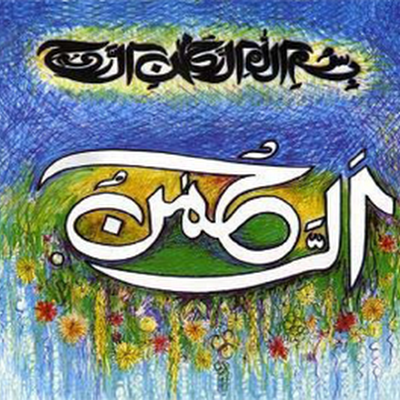
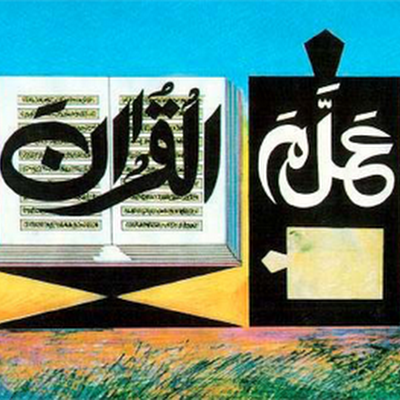
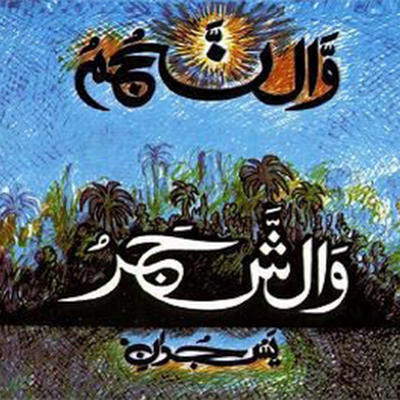
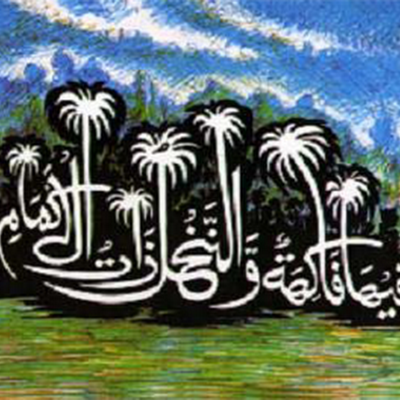
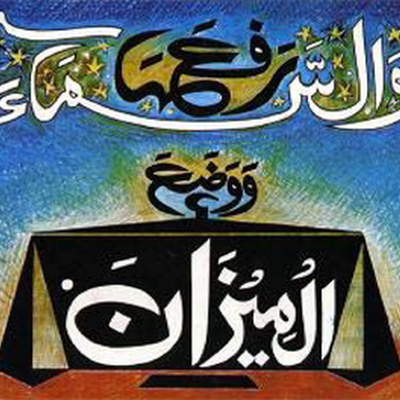
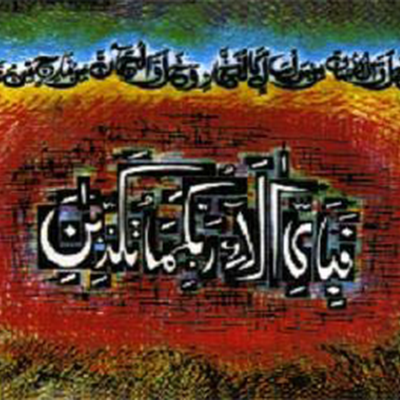
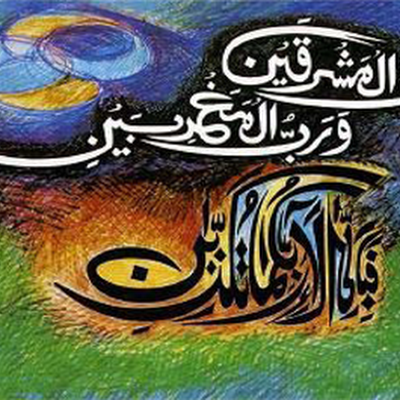
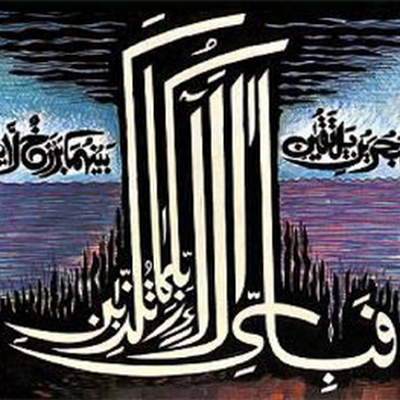
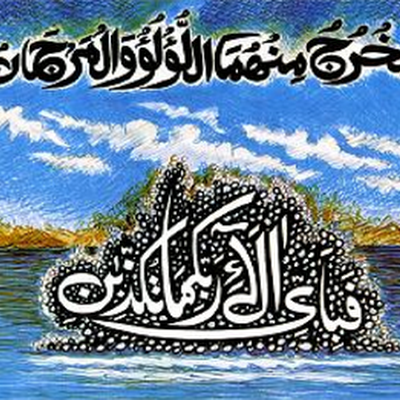

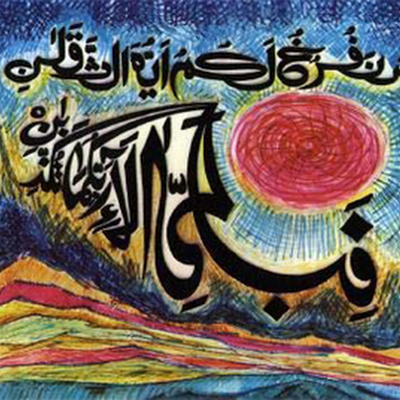
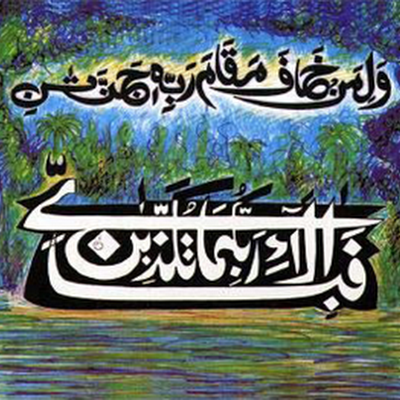
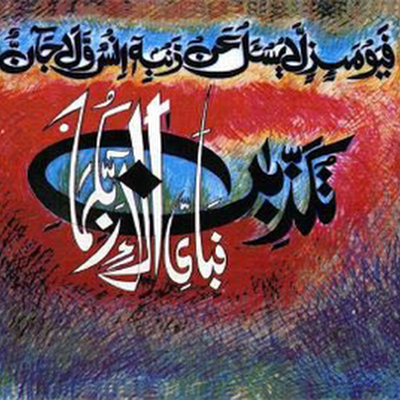

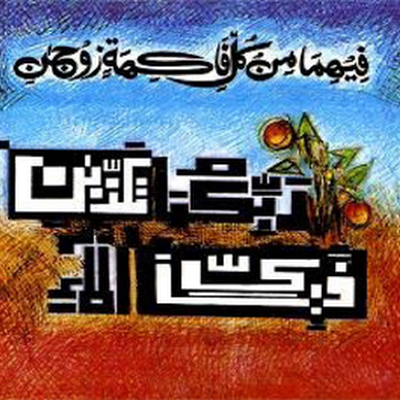
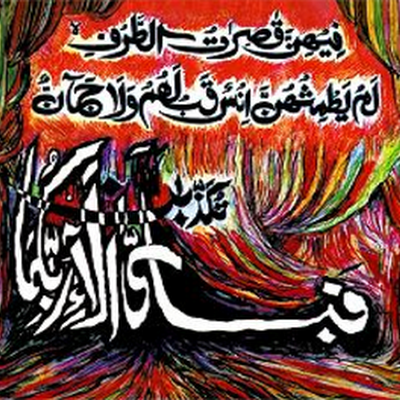
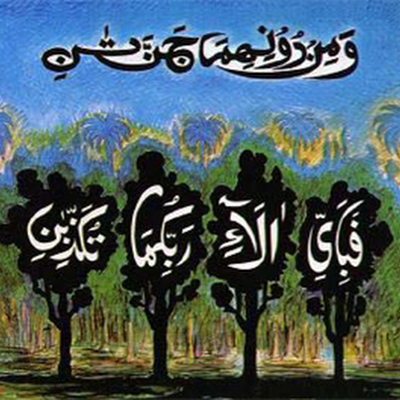
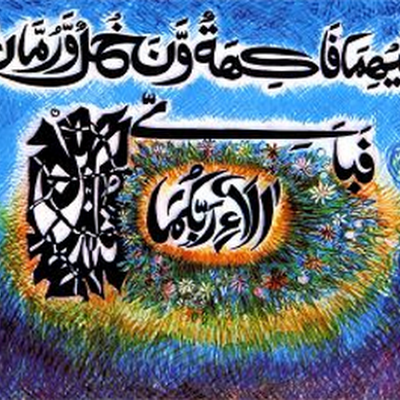
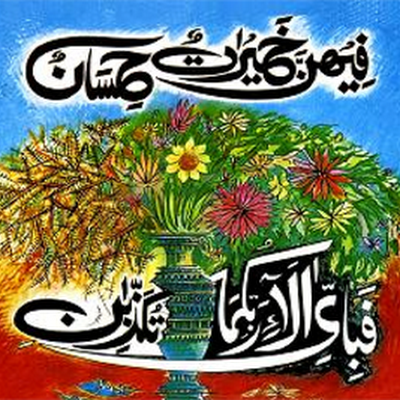
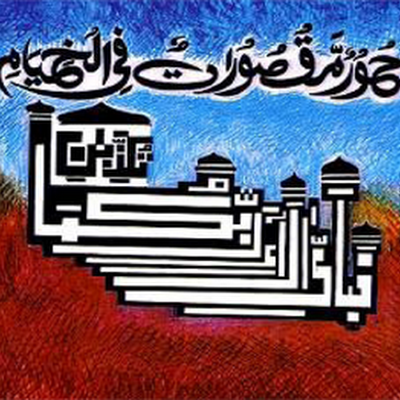
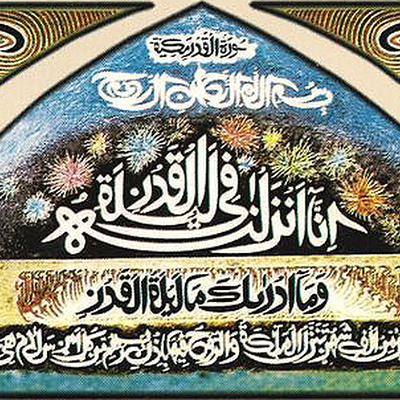
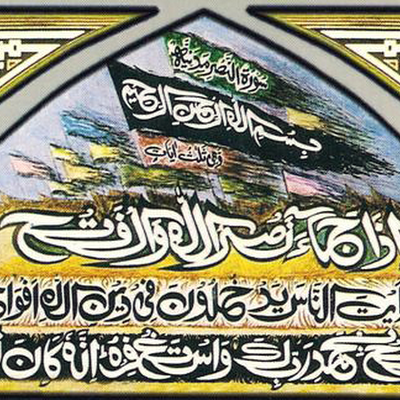
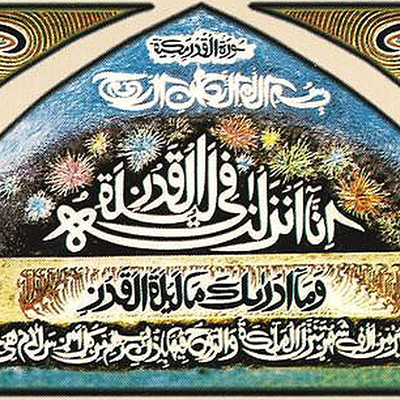
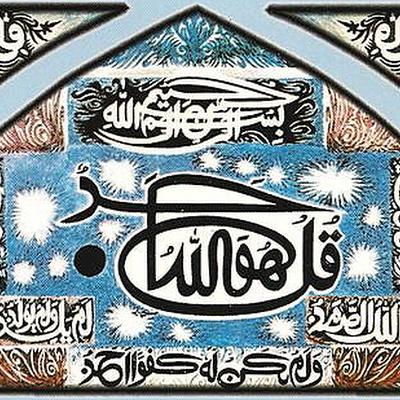
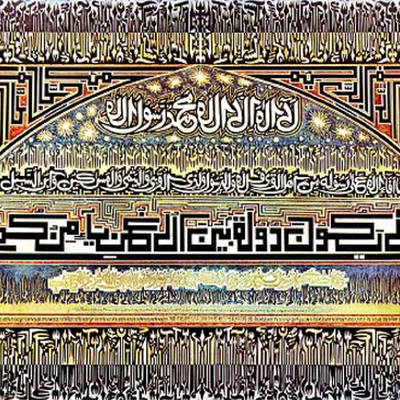


 By Asim Fareed
By Asim Fareed

